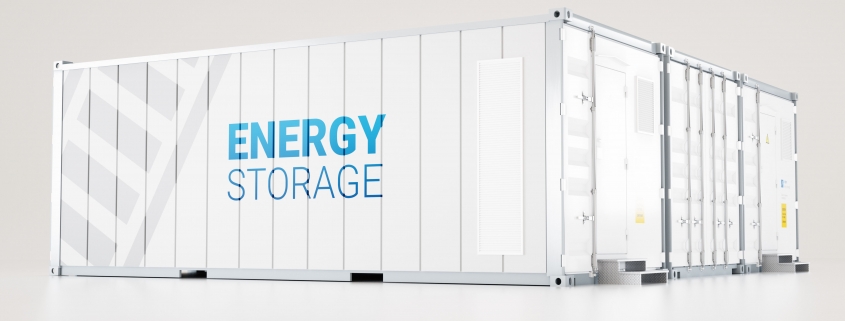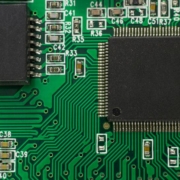Lithium Ion Batteries for the data center. Are they ready for production yet?
We are often asked for our thoughts about the use of lithium-ion (Li-ion) batteries in data center uninterruptible power supply (UPS) systems. This is a relatively new, evolving technology, and there are still a lot of unknowns. In our business, the unknown makes us nervous and uneasy — as it should, because we are tasked with providing uninterrupted power and cooling to IT assets for the benefit of our clients. They trust us to help them understand risk and innovation and help them balance the two. That makes us less likely to embrace newer technologies until we know what the implications would be in a production mission critical style environment. As a general rule, our experience shows that the least business risk is associated with proven technologies that are tried and tested and have a demonstrable track record and performance profile.
It’s true, all the failure modes are not fully understood where Li-ion is concerned; they’ll only be known when we see a larger installation base and actual operational performance. Tales of thermal runaway in Li-ion installations give justifiable concern, but any technology will fail if stressed beyond its limits. It’s worth considering the real-world conditions under which UPS systems are used.
The charge/discharge cycle on most UPS systems is not very demanding. UPS systems are not often required to transition to batteries, and even when they do, the time is usually short — worst case, 15 minutes — before power is restored either by the utility or the engine generator system. Under normal circumstances the batteries are on a float charge and when called upon to provide power, the amount of power they source is a fraction of the total design capacity. Therefore, as a general rule, UPS batteries are not stressed: it’s typically one discharge, then a recharge. In my experience, batteries handle that just fine — it’s the repeated discharge then recharge that causes issues.
Li-ion batteries monitor the cell condition in the battery itself, which helps users avoid problems. If you look at battery design, thermal runaway is usually caused by a charging system that malfunctions and does not reduce the charging current appropriately. Either that, or the battery itself is physically damaged.
Although thermal runaways are possible with any battery, Li-ion has a shorter track record in data centers than vented lead-acid (VLA) or valve-regulated lead-acid (VRLA) batteries. For that reason, I would not be excited about putting Li-Ion batteries in the data hall but would instead keep them in purpose-built battery rooms until we fully understand the failure modes. (See Uptime Intelligence’s Note 8, which discusses the National Fire Protection Association’s proposed standard on space requirements and siting of energy storage technology.)
With that said, because UPS batteries are usually not stressed and as long as the batteries and recharging system are functioning properly, we don’t anticipate seeing the Li-ion failures that have been seen in other industries. While I don’t think there is enough data to know for certain how long the batteries will last in relation to VRLA batteries, I think there is enough history for data center owners and operators to start to consider the technology, as long as the advantages of Li-ion are weighed against the installation, maintenance and operations costs (or savings) to see if it makes sense in a given data center.
So what are the advantages of Li-ion (as compared to VLA or VRLA) batteries? First, the power density of Li-ion technology exceeds that of VLA or VRLA, so Li-ion batteries deliver more power from a smaller footprint. Second, Li-ion technology allows for more charge/discharge cycles without degrading the battery. All batteries degrade with repeated cycling, but VLA and VRLA batteries need to be replaced when they reach about 80% of original capacity because after that point, the remaining capacity falls off very quickly. In comparison, Li-ion batteries lose capacity gradually and predictably. Finally, suppliers claim that, despite their higher initial cost, Li-ion batteries have a lower total cost of ownership than VLA or VRLA.
Data center owners/operators who are considering replacing the existing battery string with Li-ion should first verify if the installed UPS system will operate property with Li-ion batteries — the charging circuit and controls for Li-ion differ from VLA or VRLA. If the UPS system is compatible with Li-ion technology, the next step is to look at other factors (performance, siting, costs, etc.). Perform a cost vs. benefit analysis; if there’s a good case to use Li-ion, consider a small test installation to see if the technology performs as expected. This process should not only confirm whether the business case is supported but also help address the (very human and completely appropriate) skepticism of new technology.
In my opinion the current information is promising. These Lithium-Ion batteries are used in many industries more demanding than data centers, sufficient to indicate that Li-ion technology is not a passing fad. And manufacturers are working with different compositions of batteries to improve their performance and stability, so the technology is improving over time. But all factors must be weighed fully, as the cost of Li-ion batteries is significant, and all of the claims cannot be completely substantiated with long-term data. The applicability of any technology must be evaluated on a case-by-case basis — what makes sense (cost and risk) for one data center may not for another.

 2019
2019




 Ui 2021
Ui 2021


 2019
2019